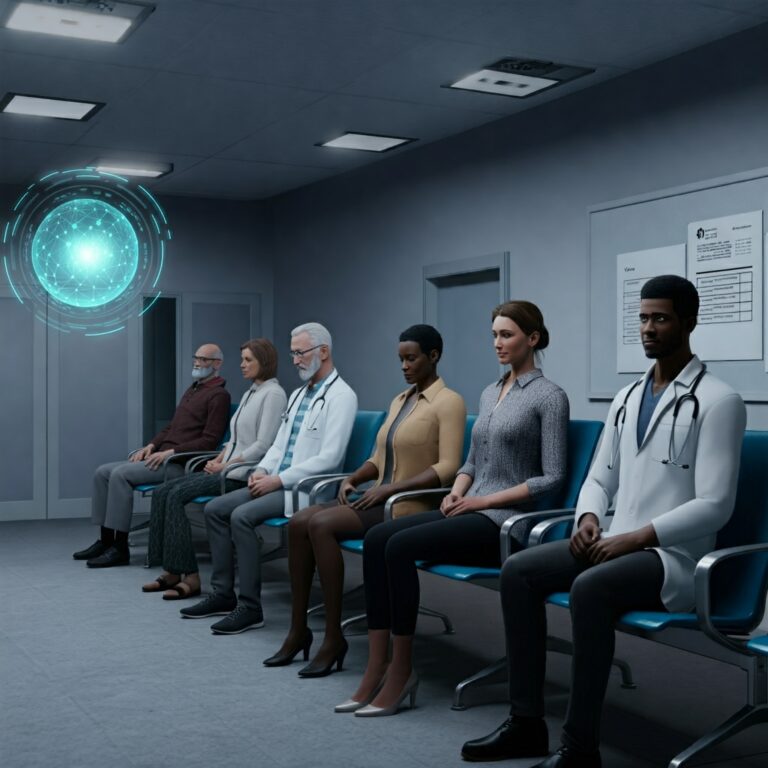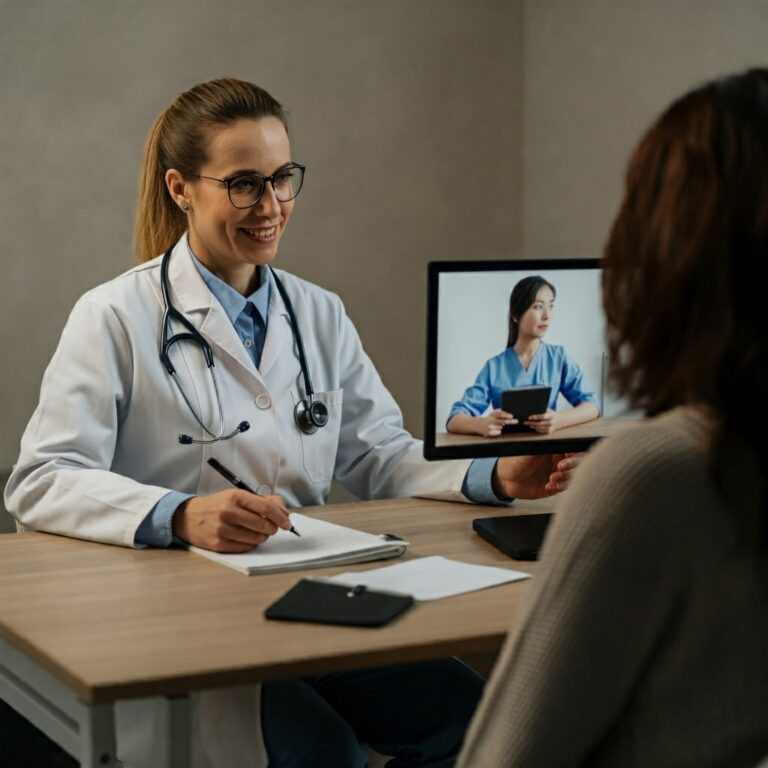Beyond the Hype: Is RPM Real Value or Just Another Healthcare Fad?
(Published on eHealthInsights.com – October 26, 2000)
The dawn of the new millennium has ushered in an era of unprecedented technological advancement, and few sectors have felt its impact as profoundly as healthcare. The rise of the internet and improved telecommunications infrastructure has paved the way for telemedicine, a revolutionary approach to delivering care remotely. While still in its nascent stages, telemedicine holds the promise of transforming healthcare delivery, improving access, and reducing costs. Within this burgeoning field, Remote Patient Monitoring (RPM) has emerged as a particularly exciting development, generating considerable buzz and investment. But is RPM truly a game-changer, offering tangible value to patients and providers, or is it merely the latest healthcare fad destined to fade into obscurity? This article delves into the evolving landscape of telemedicine, examines the impact of RPM, analyzes key trends and statistics, and ultimately assesses whether RPM is poised for long-term success or destined to join the ranks of other well-intentioned but ultimately unsuccessful healthcare innovations.
Telemedicine: Reshaping the Healthcare Landscape
Telemedicine encompasses a broad range of technologies and applications used to deliver healthcare services remotely. From video conferencing consultations to remote diagnosis and monitoring, telemedicine is changing the way healthcare is accessed and delivered. The advantages are compelling: increased access to specialists, particularly for patients in rural or underserved areas; reduced travel time and costs for patients; improved patient convenience and satisfaction; and the potential for more efficient and cost-effective healthcare delivery.
The telemedicine sector is currently experiencing rapid growth, fueled by several factors. The increasing prevalence of chronic diseases, an aging population, and rising healthcare costs are all driving demand for innovative and efficient healthcare solutions. Technological advancements, including improved broadband access and the development of sophisticated monitoring devices, are making telemedicine more feasible and accessible. Furthermore, increasing acceptance by patients and providers, coupled with evolving reimbursement policies, is further propelling telemedicine adoption.
RPM: A Closer Look at the Impact
Remote Patient Monitoring (RPM) represents a significant subset of telemedicine, focusing on the continuous collection and transmission of patient physiological data from the comfort of their homes. Using a variety of devices, including blood pressure monitors, glucose meters, weight scales, and even implantable sensors, RPM allows healthcare providers to remotely track patients’ health status, identify potential problems early, and intervene proactively. This real-time data provides valuable insights into a patient’s condition, enabling more personalized and effective care management.
RPM offers numerous potential benefits for both patients and providers. For patients, RPM can lead to improved health outcomes through early detection and intervention, reduced hospital readmissions, increased engagement in their own care, and enhanced quality of life. For providers, RPM can improve efficiency by streamlining workflows, reducing the need for in-person visits, enabling proactive care management, and facilitating better resource allocation. Furthermore, RPM offers the potential for significant cost savings by reducing hospitalizations, emergency room visits, and overall healthcare utilization.
Key Trends and Statistics Shaping the RPM Market
Several key trends are shaping the RPM market. The increasing prevalence of chronic diseases, such as diabetes, heart failure, and COPD, is driving demand for remote monitoring solutions. The aging population, with its increased healthcare needs, also represents a significant market opportunity. Technological advancements, including the development of more sophisticated and user-friendly monitoring devices, are further fueling RPM adoption.
While comprehensive market data from 2000 is limited due to the nascent stage of the industry, early reports suggest substantial growth potential. Initial studies indicate a positive impact on patient outcomes and cost savings, leading to increased interest from healthcare providers and payers. Investment in RPM technologies is also on the rise, as venture capitalists and established healthcare companies recognize the market’s potential.
Recent Market News (as of 2000):
- Emerging partnerships: Several telehealth companies are partnering with hospitals and health systems to pilot RPM programs, focusing on chronic disease management.
- Early clinical trials: Initial clinical trials are demonstrating the effectiveness of RPM in improving patient outcomes and reducing hospital readmissions for conditions like heart failure.
- Regulatory developments: Government agencies are exploring reimbursement policies for RPM services, which could significantly impact market adoption.
- Technological advancements: Companies are developing innovative RPM devices, including wearable sensors and implantable monitors, offering greater functionality and patient convenience.
Beyond the Hype: Separating Fact from Fiction
While the potential of RPM is undeniable, it’s crucial to approach this technology with a healthy dose of realism. The current landscape is characterized by a mix of genuine innovation and inflated expectations. To assess whether RPM is truly valuable or just another healthcare fad, we must carefully examine the evidence and consider potential challenges.
Arguments for Real Value:
- Improved patient outcomes: Early studies suggest that RPM can lead to better health outcomes for patients with chronic conditions.
- Cost savings: The potential for reducing hospitalizations and emergency room visits offers significant cost savings for the healthcare system.
- Increased patient engagement: RPM empowers patients to actively participate in their own care, leading to improved adherence to treatment plans.
- Enhanced efficiency: RPM can streamline workflows and improve efficiency for healthcare providers.
Potential Challenges:
- Technology adoption: Patient and provider adoption of new technologies can be slow and challenging.
- Data security and privacy: Protecting patient data is paramount and requires robust security measures.
- Reimbursement challenges: Clear and consistent reimbursement policies are essential for widespread adoption.
- Integration with existing systems: Integrating RPM technology with existing electronic health record systems can be complex.
Conclusion:
RPM undoubtedly holds immense promise for transforming healthcare delivery. While challenges remain, the potential benefits for patients, providers, and the healthcare system are significant. The key to realizing this potential lies in addressing the challenges of technology adoption, data security, reimbursement, and system integration. As the technology matures and evidence supporting its effectiveness mounts, RPM is likely to move beyond the hype and become a valuable tool for delivering high-quality, cost-effective care. Continued research, careful implementation, and ongoing evaluation will be crucial to ensuring that RPM delivers on its promise and becomes a cornerstone of the future of healthcare. This is a sector telemedicine professionals should watch closely and engage with strategically to shape its evolution and maximize its impact.
















